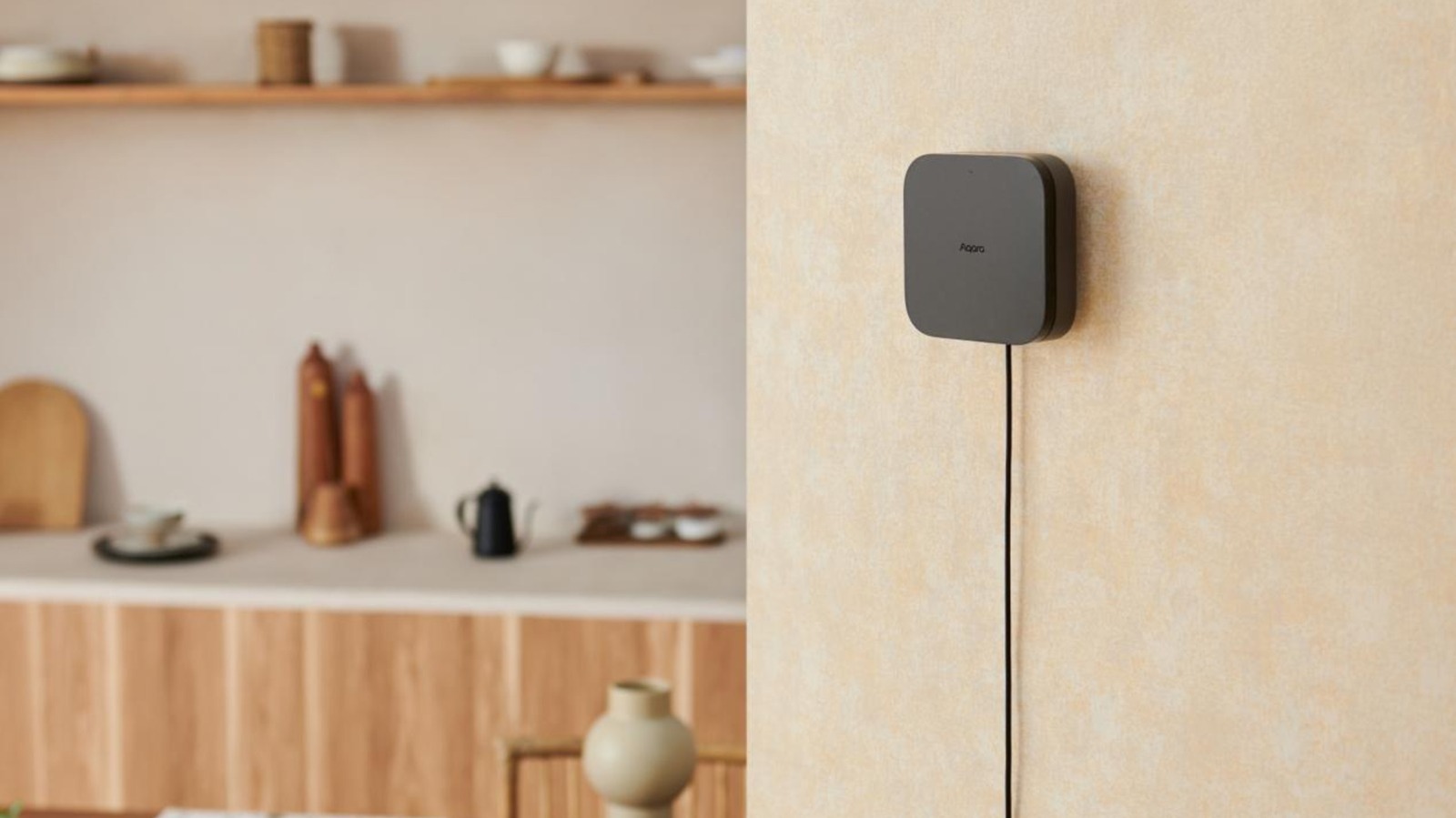We may receive a commission on purchases made from links.
From security cameras that provide automatic cloud backups to voice-controlled speakers, numerous devices can convert your house into a smart home. As these gadgets accumulate, so do the apps cluttering your phone. This is where smart hubs come into play, acting as a central point where all your smart devices connect.
Advertisement
The easiest way to conceptualize a smart home hub is as the brain of your smart home system. Instead of making a direct connection to your smartphone via Wi-Fi or Bluetooth, you can connect most smart devices to a centralized hub, which is then linked to your home network through Ethernet or Wi-Fi. A significant issue that a smart home hub addresses is fragmentation, which becomes unavoidable as you acquire and set up more devices in your home. A smart home hub enables access to all these devices through a single point.
There are various protocols within home automation. Modern smart devices may use Wi-Fi or Bluetooth, while others operate through Zigbee or Z-Wave. A hub generally supports translation for all major protocols, making connectivity more straightforward. Additionally, since a smart home hub connects to your local network, it reduces reliance on the cloud, enhancing security and improving speed and reliability.
Advertisement
Not all devices need a smart home hub

Most modern smart devices operate efficiently over Wi-Fi or Bluetooth and connect directly to your smartphone. Some well-known products, like the TP-Link Tapo Smart Light Bulb, explicitly state that they do not require a hub to function. This setup is ideal for smaller installations with fewer smart home devices. In contrast, certain items, like motion sensors that need low-latency connections, require a hub to operate.
Advertisement
A smart home hub differentiates itself from smart home ecosystem platforms such as Google Home, Apple HomeKit, or Amazon Alexa. These platforms are software services that allow you to manage connected devices using a single app and automate your home, though certain products may need third-party hubs for connectivity. For instance, Google Home can centralize control for various smart devices, but items dependent on Thread or Zigbee must be connected to a compatible Nest Hub that understands those protocols.
In our 2023 Apple HomePod review, we discussed its Matter support, enabling it to function as a smart home hub and controller. Amazon’s Echo Hub is compatible with Zigbee, Thread, Matter, and other protocols as well. Smart home devices that necessitate a hub typically denote this condition on their product pages. If a device works with Matter (via Thread or Wi-Fi) or Zigbee, you can still connect it through a smart home hub to enjoy the benefits of local control.
Advertisement




